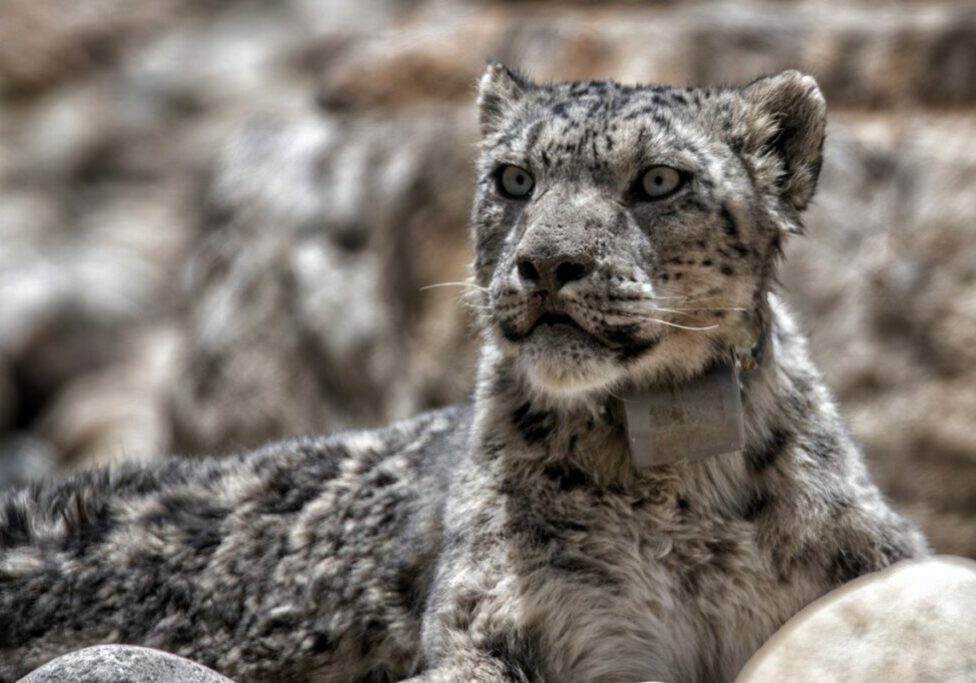A camera-trap survey you helped support has revealed an estimated population of 90 snow leopards in Shey Phoksundo National Park, a vast protected area in the Himalayas. That’s an average of 2.2 snow leopards per 100 sq km – though some areas of the park have a higher population density than others.
WWF supported the survey in partnership with the government, local communities and young conservationists. It’s an important step towards estimating the national snow leopard population, which will help guide future conservation efforts.
“This is the first time a rigorous and scientific survey has been conducted in Shey Phoksundo National Park,” says Dr Ghana Shyam Gurung from WWF-Nepal.
“We need to continue our holistic conservation efforts to ensure communities and snow leopards thrive together in the region.”

© DNPWC / WWF-NEPAL
Shey Phoksundo National Park includes remote mountain peaks rising to 6,885m. But below the snowline, local communities make a living growing crops and raising livestock.
Snow leopards will sometimes prey on livestock and may be killed in retaliation, so tackling potential conflict is a key priority.
With your support, we’ve been working with communities to protect their livestock, set up insurance and compensation schemes for farmers who do lose animals to snow leopards, and develop other ways to enhance and diversify their livelihoods.
A longer-term threat to snow leopards is climate change. In the Himalayas, up to 30% of their habitat could be lost because of climate impacts, underlining the need for better protection for these big cats and their mountain habitat.
Surveying elusive snow leopards in their remote, rugged terrain is challenging – it’s no coincidence that they’re one of the least studied big cats. The global population is thought to be between 4,000 and 6,000, spread across 12 Asian countries.
With your support, we’re continuing to work with the government and local communities in Nepal to secure the long-term future of snow leopards in the Himalayas and beyond.
Adopt a snow leopard
You can do more to help us protect these amazing big cats – and their mountain home – by adopting a snow leopard.
You helped create a new national park in Colombia
Join our walrus watch!
You supported India’s first national snow leopard survey
More to explore

Notes from the field: Himalayas
A glimpse of a snow leopard is a rare delight, but the mountains are always alive with their presence, says scientist Rishi Kumar Sharma




